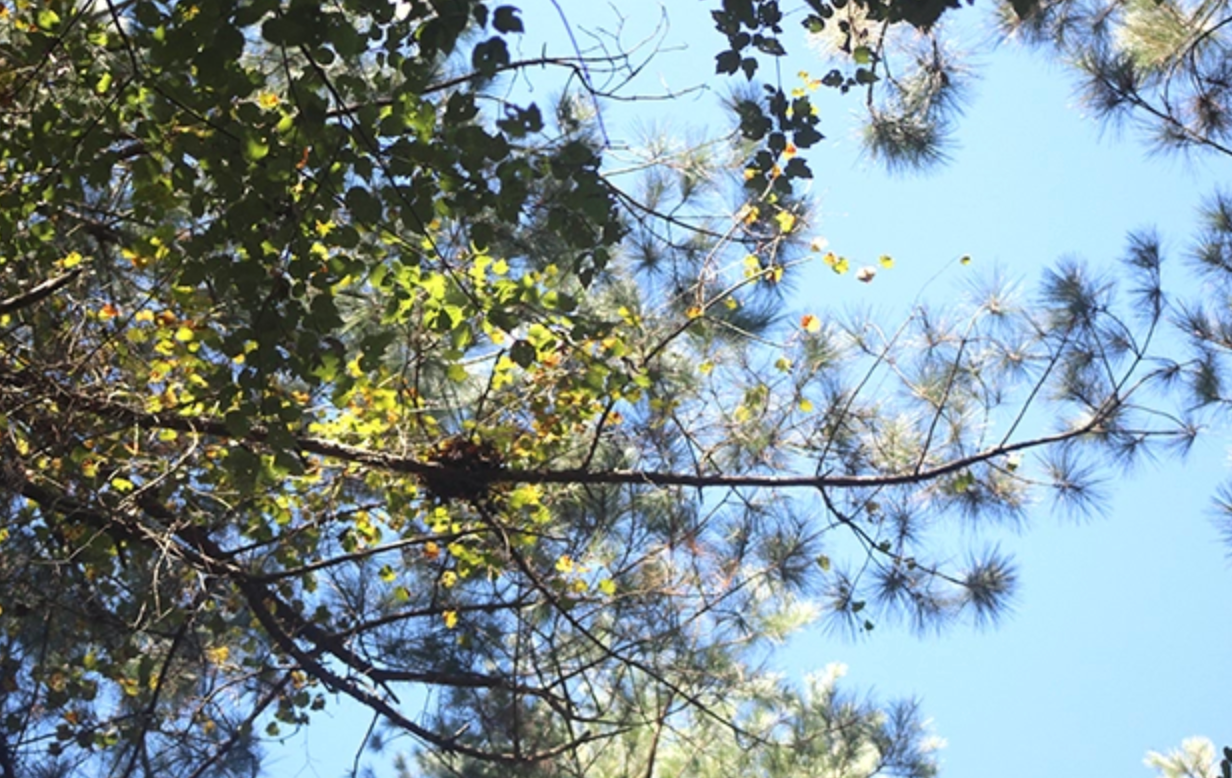Mississippi wildlife officials: Manage timber stands to make them more attractive for ol’ bushy tail
Published 7:30 am Friday, October 14, 2022

- Squirrels will build nests in hardwoods and pine trees. Mixed timber can be useful so not all pine trees are bad when you consider timber stands for habitat management. (Hunter Cloud | The Natchez Democrat)
Habitat management is important in the hunter’s or landowner’s efforts to maintain a quality wildlife population. While it is often considered for deer, turkey and waterfowl populations, squirrels can benefit from proper management.
Small game biologist Rick Hamrick said it is often taken for granted but squirrels can benefit from intensive management. There are a few things hunters can do to help their squirrel herd. Gray squirrels might use really open hardwood timber stands but providing cover can help them.
“Putting cover on the ground might make them a little more attractive to squirrels. It could be as simple as felling some trees to put some tops on the ground and create gaps for sunlight,” Hamrick said. “This allows for some ground cover growth and a reassurance that some selective hardwood timber harvest and patch cuts are okay for squirrels.”
The other species of squirrel in Mississippi is the fox squirrel. These benefit from similar management practices. He said thinning and burning pine woods can be a good place to start as fox squirrels prefer open spaces. He added it was important for landowners to keep some hardwoods for mast production.
Squirrel habitat management coincides with management practices for deer and turkeys. They need cover, open areas and mature hardwoods. Owners who are hesitant to start chopping down trees or looking for a good place to start can take out shade trees in the mid canopy or trees who do not produce mast crops.
“This gives squirrels cover to duck into and allows sunlight to hit the ground which encourages plant growth. It creates a jungle area where they can find shelter and food from fungi, mushrooms and berries,” he said. “They utilize those areas. There are certain times of the year where they have to go to the ground. They have to find acorns they buried in the ground and they will go back to recover them throughout the year. Cover gives them protection from hawks.”
Another way to help the squirrel habitat is to retain hollow trees especially if someone is not concerned with maximizing timber production. Squirrels build leaf nests in the south which they use for most of the year but hollow tree deens help in the winter. It gives squirrels another place to duck into for cover when hawks, or humans, prey on them.
People who are interested in squirrel management should take a careful look at the mast production in the fall. Hamrick said all you have to do is go out in the fall and observe which trees are the mast producers and which trees are more productive.
A timber stand that produces mast is helpful in managing deer, turkeys and waterfowl in addition to squirrels. It also helps for timber stands to have a variety of mast producers such as hickory, beech, pecan and oak trees. Pine trees have a role to play in a mixed timber stand.
“One year they might do well and another year they might not. We encourage a diversity of mast producers. Everyone talks about white oaks but it helps to have more than that,” Hamrick said. “There is an art that goes into it. A lot of people will look down on pine trees too but this time of year they are heavily used by squirrels. Pine seed can be important in a squirrel’s diet and they like the cover they give when other trees are bare in the winter.”
Statewide it is hard to estimate the squirrel population. Hunters, habitat managers and land owners can do it on their own property by keeping an index of the squirrels they see. Hamrick said at the broad scale they don’t have a good way to estimate the population.
Instead, the MDWFP looks at the hunter harvest survey data which they collect through telephone surveys with hunters. This gives both an estimation of hunter participation and how many squirrels are harvested.
In the early 1970s, there were 150,000 squirrel hunters and 2.5 million squirrels harvested each year. It has since declined to 55,000 hunters and 750,000 squirrels harvested. It is a similar ratio of squirrels per hunter harvest, 16.6 in the 1970s to 13.6 in 2020.
“It shows the population is stable and is holding up well while providing the same hunting opportunities. From year to year, our harvest stays fairly stable,” he said.
Hunters looking for squirrel hunting opportunities outside of private land can visit national forests, Wildlife Management Areas where squirrel hunting is allowed and even national wildlife refuges where squirrel hunting is allowed.
More News





